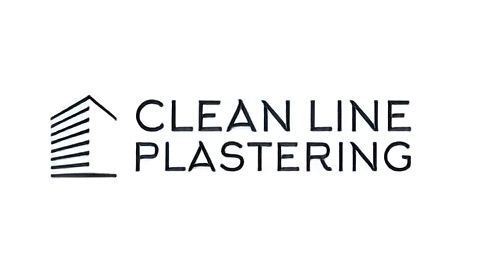Plaster Repair in Tuncurry
- Fully licensed and insured professionals
- Reliable service for any plaster job
- Domestic and commercial expertise
Contact Us
Contact Us
Thank you for contacting Clean Line Plastering.
We will get back to you as soon as possible.
Oops, there was an error sending your message.
Please try again later.
Tuncurry Plaster Repair
When walls and ceilings start showing cracks, dents or water damage, it’s more than just cosmetic — it can affect the entire feel of your home or workspace. Poorly repaired plaster often leads to visible patches, uneven textures and more problems down the track. That’s why quality plaster repair is worth doing right.
At Clean Line Plastering, we’ve built a trusted name across Forster–Tuncurry for delivering clean, professional plaster repairs that hold up long-term. Whether you're fixing up wear and tear, preparing for a sale or just want things looking smooth and fresh again, our repairs are precise, reliable and designed to blend into the rest of your space without a trace.
No need to live with damaged walls. Call
0423 877 177 to book a repair with a team that gets it done properly the first time.
Not Just Fixed — Flawlessly Restored
A good plaster repair should never stand out. That’s why we focus on achieving invisible joins, smooth textures and perfect alignment with the surrounding surface. From patching cracked cornices to fixing sagging ceilings or water-damaged walls, we take the time to prep each area thoroughly before applying the right technique.
We use quality compounds and ensure proper drying and sanding between layers for a seamless finish. Whether it's standard wall plaster, ornate detailing or complex angles, every repair is done with care, keeping your surfaces strong, straight and paint-ready.
For a finish that looks as good as new, choose experts who understand both the surface and the structure beneath it.
Ceiling Repairs
Ceiling damage can be a sign of water leaks, shifting frames or wear over time. No matter what, it’s never something you want to ignore. Whether it's sagging plaster, cracking joints or stains that won’t go away, we assess the problem and carry out clean, secure ceiling repairs that restore safety and appearance. We make sure the finish blends flawlessly with your existing ceiling, leaving no trace of the issue behind.
Frequently Asked Questions
What causes plaster to crack or crumble?
Cracks or crumbling in plaster often result from building movement, moisture exposure, poor initial application or age-related wear. Older plaster — especially in heritage homes — can become brittle over time, leading to cracks and surface loss. Newer plaster may crack around joins or fixings if not properly reinforced. Moisture, either from leaks or high humidity, can also weaken the bond between the plaster and wall or ceiling, causing bubbling or separation. Identifying the cause is key before starting repairs, as untreated moisture or movement will lead to repeated issues.
How can you tell if plaster damage is structural or cosmetic?
Cosmetic plaster damage usually appears as hairline cracks, dents or surface flaking and doesn’t affect the strength of the wall or ceiling. Structural issues, however, often involve larger cracks (particularly around doors, windows or corners), sagging ceilings or diagonal splits that suggest movement in the frame or foundation. If cracks are widening or reappearing after previous repairs, it’s a sign that a deeper issue may be at play. A professional can help assess the severity and advise on whether structural work is needed before repair.
Can you plaster over damaged walls or old repairs?
In some cases, yes — plastering over damaged or uneven areas can help restore a smooth surface. However, the area must first be stabilised, cleaned and primed. Any loose or flaking plaster must be removed, and moisture issues must be addressed before applying new material. Simply covering damaged plaster without fixing the underlying problem will likely result in bubbles, cracks or peeling later. For best results, the surface needs to be properly prepped, which might include patching, sanding or applying a bonding agent before new plaster is added.






